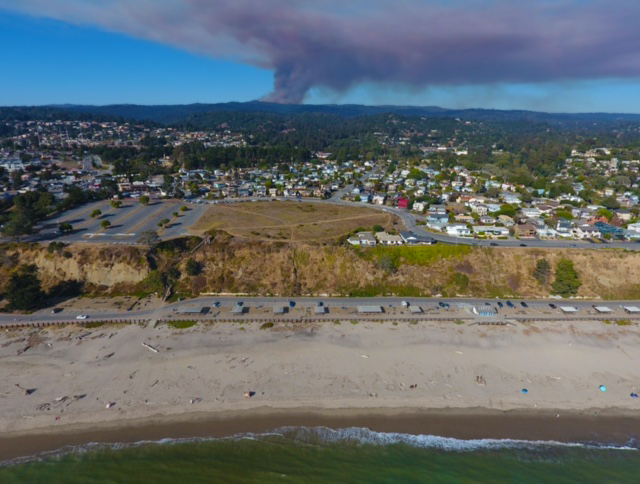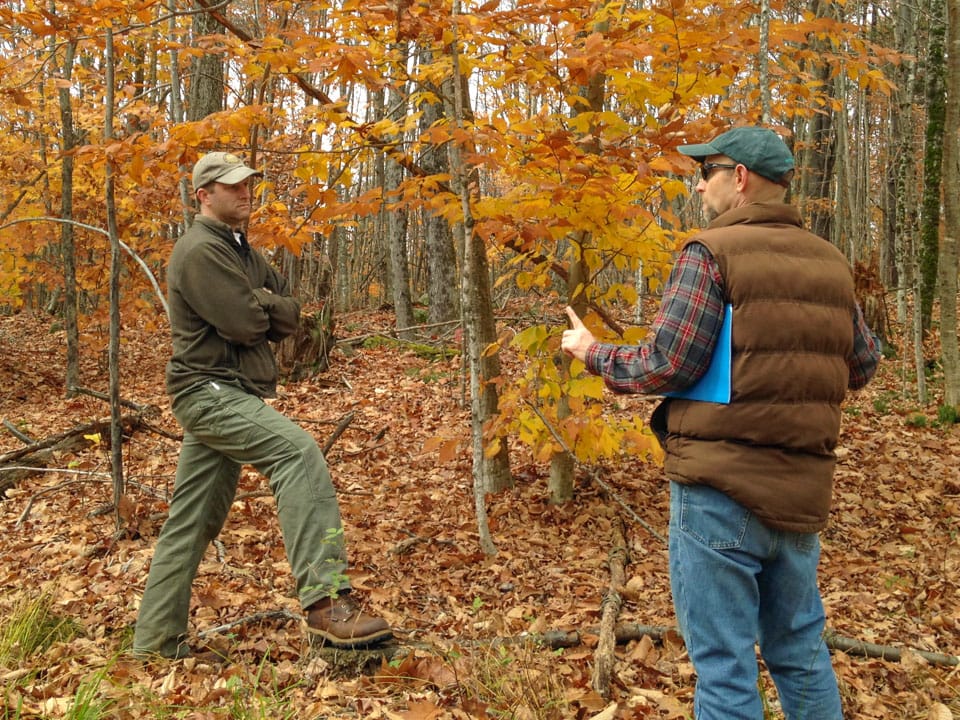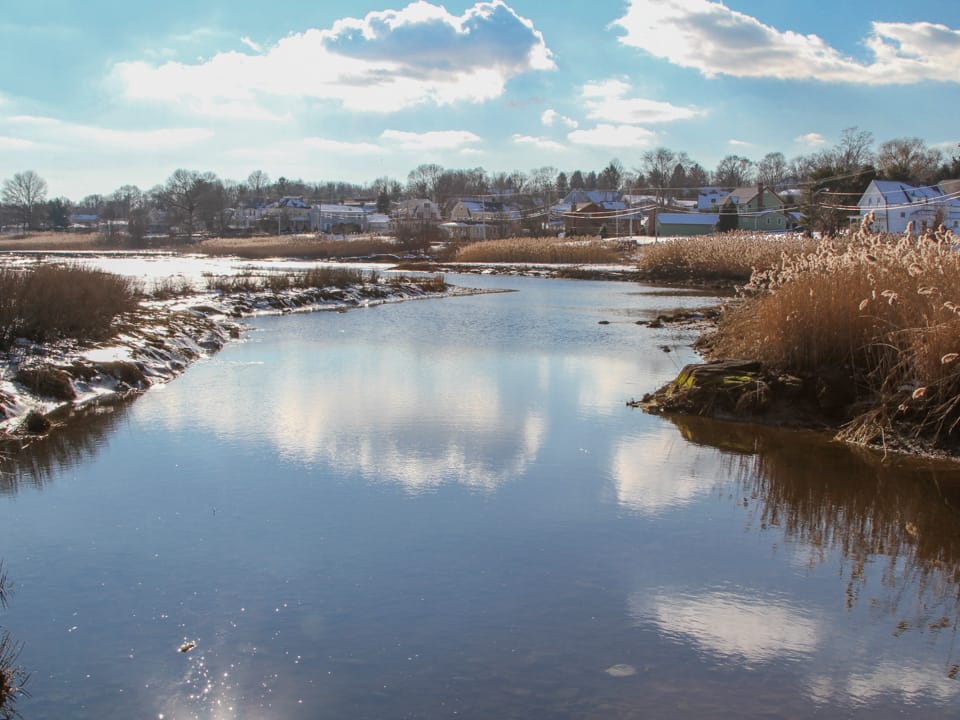Climate change presents us with many challenges, but one of the most acute is an increasing prevalence of extreme events. Lately, we do not have to look any farther than the newspaper to see examples of extreme weather wreaking havoc on both the built and natural environment, from a devastating start to California’s wildfire season (on the heels of its hottest summer on record) to this year’s Atlantic hurricane season, which has broken a slew of records for wind speed, rainfall, storm intensification, and more.
This is not altogether surprising – an increase in the frequency and intensity of extremes is expected as the climate warms. As average temperatures increase, so do the temperatures that are considered ‘extreme.’ Warming also intensifies the hydrologic cycle, leading to more drought and precipitation that falls in heavier deluges. These changes have consequences for various types of natural disasters, from flooding and hurricanes to heat waves and drought. For example, warmer oceans fuel stronger coastal storms, hotter drought accelerates the drying of forest fuels, and heavier rain increases the likelihood of flash floods.
You may be wondering if we can point directly to human-caused climate change as the culprit for many of the extremes we have seen lately. The question is not whether climate change did or did not cause a particular event, but whether that event was more likely or of a different magnitude than it would have been in the absence of recent warming. Climate change is always one of many factors, but you can think of it as loading the dice, making it more likely that we will roll certain extremes (for more information on this topic, see this bulletin from Manomet’s Climate Smart Land Network).
Extreme events put immense stress on both natural and man-made systems, so helping stakeholders prepare for this reality is the focus of a lot of our work in the Climate Services Program at Manomet. Within the Climate Smart Land Network we work with forest managers as they attempt to mitigate the impacts of hotter drought and the potential for more frequent wildfire. Locally, we work with municipal officials and planners on developing green infrastructure solutions to storm water management issues brought on by heavier rainfall events and groundwater recharge issues that can be exacerbated by more frequent drought. We often counsel our partners that the biggest and most immediate impacts of climate change will likely come in the form of changing extremes, and recent events highlight just how important it is to plan and prepare for these events wherever possible.





 Back to all
Back to all


